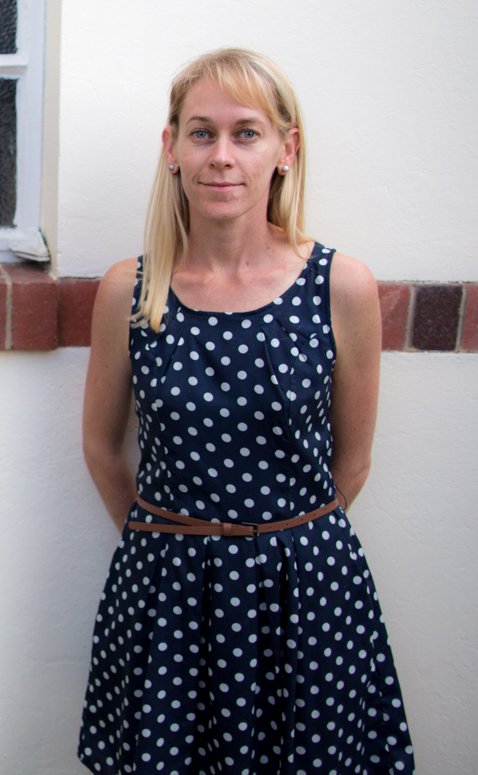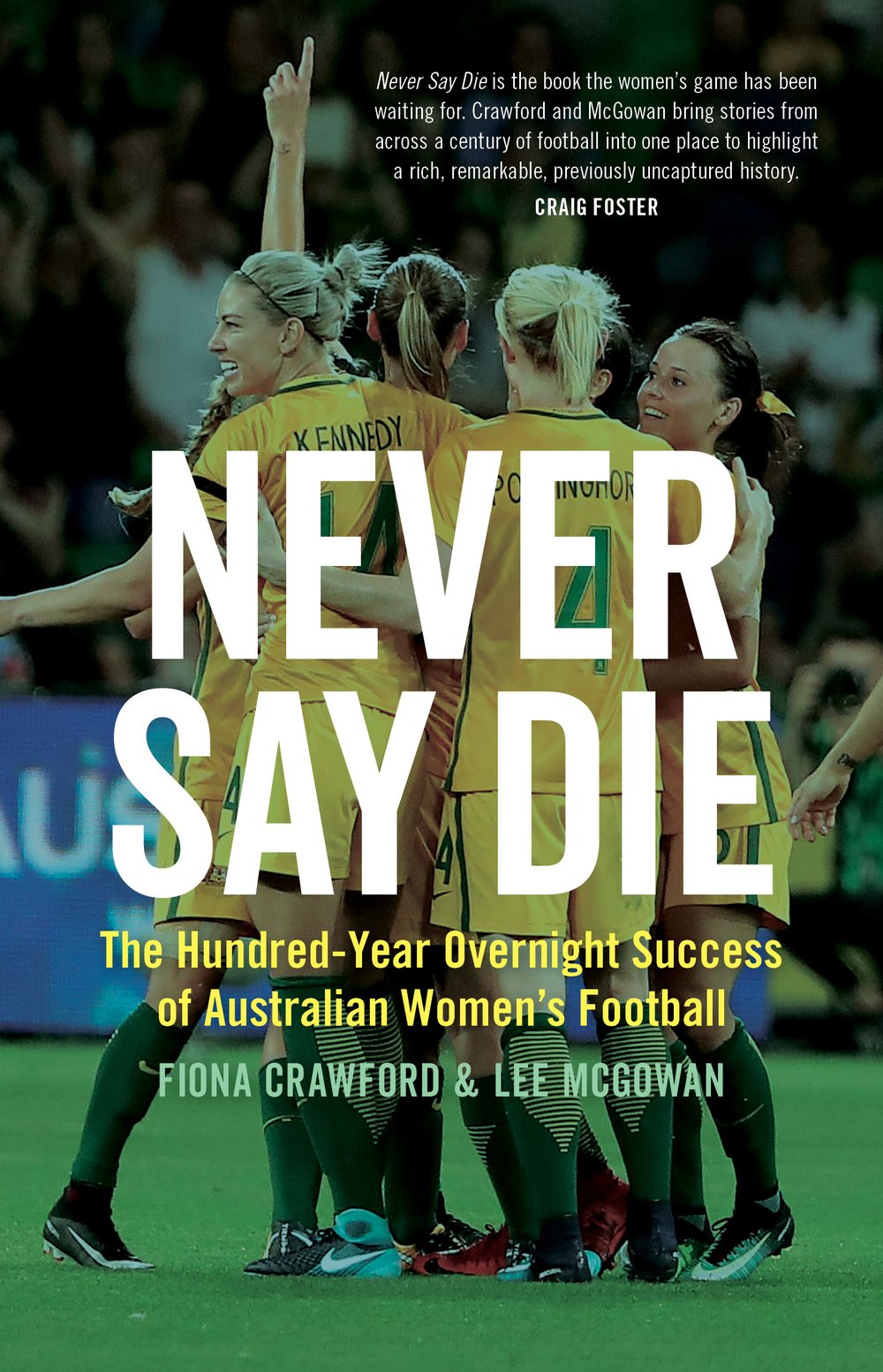Australian women’s football has never been in better shape. The first Matildas, Australia’s national women’s side, were recognised for their efforts on the 40th Anniversary of their first match against New Zealand. The current crop of players joined the celebrations. They are one of the world’s top ten football teams and our nation’s most successful. There’s a strong possibility Australia could host the 2023 Women’s World Cup (#GetOnside) and thoughts of the Matildas winning football’s most prestigious competition in the not too distant future are not overly optimistic.
The W-League, the game’s professional women’s football league, is Australia’s longest running and largest national competition and provides a world-leading platform for developing local talent. Alongside our own players, it attracts the world’s best. As a result, its fanbase continues to expand. Football is also the country’s number one participation sport for women and girls – outscoring even netball. With new paths to full-time professionalism and more football-related coaching, commentating and governing-body careers steadily growing, the future of Australian women’s football is looking bright.
It hasn’t always looked this way.
2017 was a breakout year, surpassing every benchmark for success on the pitch and for fan engagement. But it’s been a long time in the making. The rich history of Australian women’s football remains undocumented and little understood. The sport’s burgeoning success and support is often understated or, worse, overshadowed by male counterparts who consume twice the budget to yield half the results. The sport also faces competition from cashed-up, media-savvy competitors such as Cricket Australia and AFLW.
Australian’s women football is a triumph of talent, grit and determination. In true sporting narrative terms, it’s grown from humble beginnings, been shamed and sensationalised, overcome obstacles, bans, and prejudice, suffered denial of acknowledgement and basic resources and, despite all of these challenges, its players regularly topple giants on the world stage.
Like every great story, Australian women’s football has, at its heart, the fortunes and favour of incredibly resilient locals. From the 100 women who formed the first multi-team competition in a Brisbane gym in July 1921 to Moya Dodd, former Matilda and Football Federation Australia (FFA) board member and one of three women ever to be co-opted to the FIFA Executive Committee; from Chris McAllister, a volunteer driving her local supporters’ federation to the administrators, referees, parents and fans – without whom there would be no football – this is a redoubtable community.
Never Say Die is the first comprehensive look at players and administrators’ individual and collective contributions. It is the story of those who play and serve and support the game they love, who always give back more than they could ever take and who look to ensure its betterment for their successors. In the face of adversity, on the thinnest budgets, using the best and worst of hand-me downs, it is the story of the women who have made and make football happen.
Never Say Die takes in dusty archives, rainy pitch-side evenings and heart-breaking and heart-warming interviews, including with a former FIFA and a current FFA board member, past and present Matildas, W-League coaches and players, state and club administrators and fans from every level of the game. It examines the triumphs, the issues (social, gender, economic), the perennial themes (access, injury, politics, hardships, strength, and courage), and, of course, the football. It explores the game’s history, highlights its struggles and captures its development, while simultaneously focusing on its achievements – from the spectacular to the taken for granted.
Never Say Die is a book about the Australian women’s football community, written for its community and for those who will come to join it.
Sample:
In monsoonal conditions on the evening of 30 May 2010, 16-year-old winger Sam Kerr put her teammates, the Matildas, one goal ahead. She did so with an uncomplicated confidence and the deftness she’s now known for, which was even more impressive given the waterlogged playing surface. It was the 19th minute of the Asian Football Confederation Women’s Asian Cup final. The Matildas maintained their lead into the second half, but with 17 minutes remaining, buckling under the tide of pressure from their DPR (North) Korean opponents—ranked sixth in the world—the exhausted and soaked-through Australian national team conceded what seemed like an inevitable equaliser. The North Korean goal would see both teams play a nail-biting 30 minutes of extra time.
When the final whistle blew, barely audible in the thunderous rain, the score was still even. There would have to be a penalty shootout to determine the victors. Few footballers or football fans relish a penalty shootout. The Australians’ surrender of a 2–0 lead to lose to China on penalties at the 2006 tournament, and the desire to redeem that result, may have been on the Australian players’ minds as each team nominated five penalty takers.
Each player took their penalty: a single shot from a designated spot in front of the goal with only the keeper to beat. Behind the keeper, barely visible through the pouring rain, thousands of fans waited, willing a miskick or a fingertip obstruction from the keeper’s glove. No player wanted to be the first to miss their penalty kick.
Fiona Crawford's and Lee McGowan's book Never Say Die: The Hundred-Year Overnight Success of Australian Women’s Football will be published by NewSouth in November 2019.



